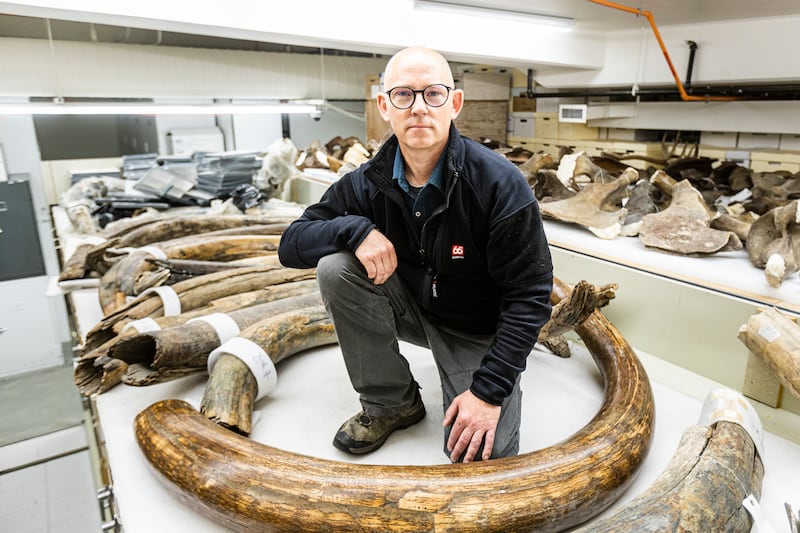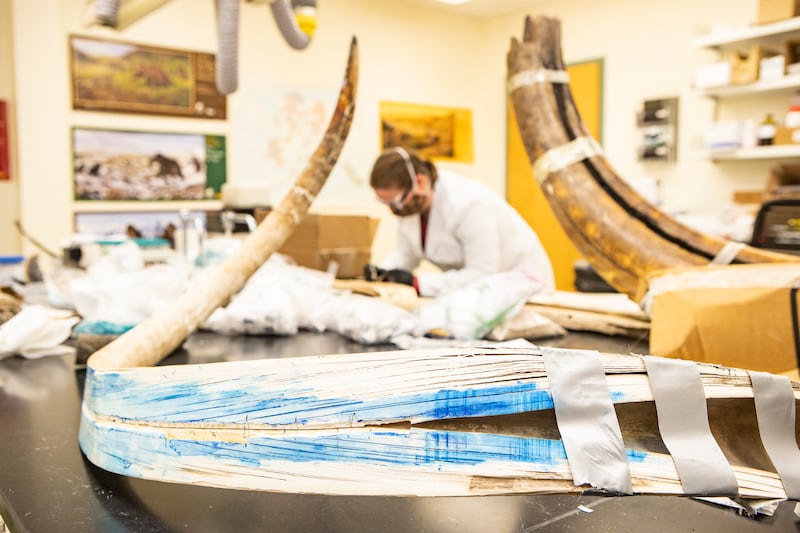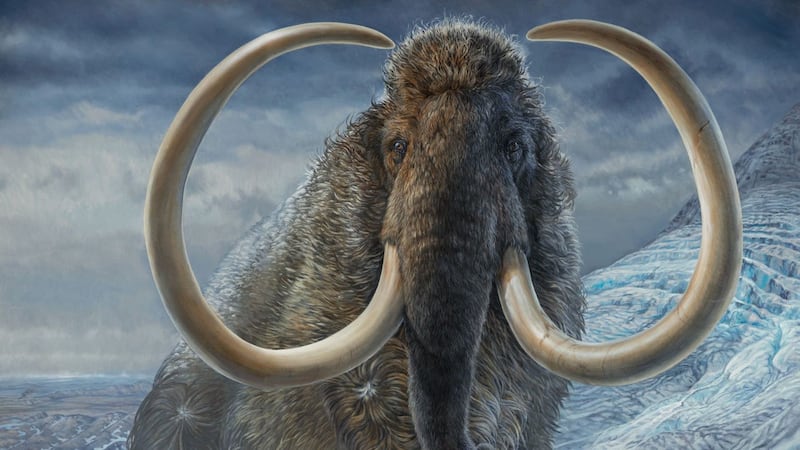Scientists have retraced the lifetime journey of an Arctic woolly mammoth that lived in Alaska more than 17,000 years ago by examining one of its fossilised tusks.
An international team of researchers performed a technique known as isotopic analysis to recreate the ancient shaggy-haired creature’s life history that spanned 28 years.
The team said their findings, published in the journal Science, offer some of the first evidence that woolly mammoths travelled vast distances – with this particular animal covering “enough of the Alaska landscape during its 28 years to almost circle the Earth twice”.
Matthew Wooller, a professor at the University of Alaska Fairbanks’ College of Fisheries and Ocean Sciences in the US – who is the paper’s senior author, said: “It’s not clear-cut if it was a seasonal migrator, but it covered some serious ground.
“It visited many parts of Alaska at some point during its lifetime, which is pretty amazing when you think about how big that area is.”

The experts studied the ancient six-foot tusk – split lengthwise – at the University of Alaska Fairbanks’s isotope facility, where they generated around 400,000 microscopic data points.
As mammoths grow, so do their tusks, adding new layers on a daily basis throughout their lives, according to the researchers.
This means the tusks contain a “chronological record of an entire mammoth’s life”.
Pat Druckenmiller, a paleontologist and director of the University of Alaska Museum of the North in the US, said: “From the moment they’re born until the day they die, they’ve got a diary and it’s written in their tusks.
“Mother Nature doesn’t usually offer up such convenient and life-long records of an individual’s life.”
The data allowed the researchers to create a “map” of where the mammoth lived and travelled.

Isotopic signatures reveal at about age 15, the mammoth was kicked out of its herd, mirroring a pattern seen in some modern-day male elephants, the researchers said.
The team found that the mammoth died on Alaska’s North Slope above the Arctic Circle, where it likely succumbed to starvation.
Ancient DNA preserved in the mammoth’s remains allowed the team to identify it as a male – related to the last group of its species that lived in mainland Alaska.
Beth Shapiro, a professor at the University of California, Santa Cruz, US and study co-author, said: “Knowing that he was male provided a better biological context in which we could interpret the isotopic data.”








